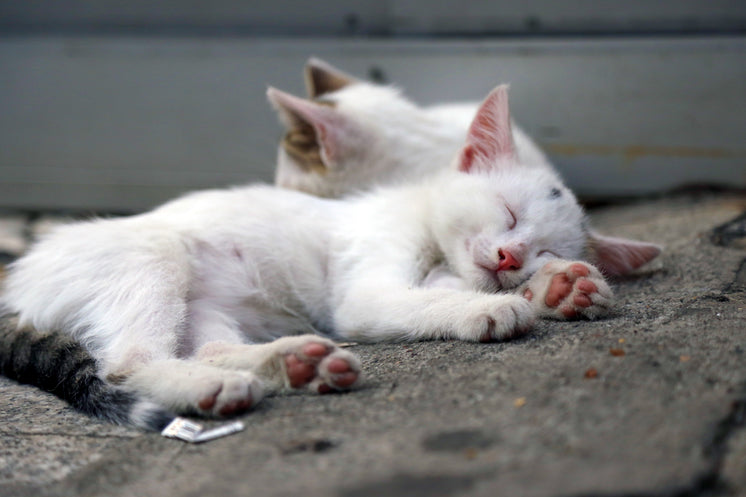Dispelling Myths About Cat Litter and Cat Health
Dispelling Myths About Cat Litter and Cat Health
Blog Article

Cat litter and litter boxes play an essential role in the lives of both felines and their owners. From the modest starts of sand and soil to the ingenious advancements of today, the world of cat litter has developed considerably. In this detailed guide, we look into every element of cat litter and litter boxes, exploring their history, types, advantages, challenges, and everything in between.
The history of cat litter dates back centuries, with ancient civilizations using sand, soil, and even ashes as primitive litter materials. However, it wasn't until the mid-20th century that modern cat litter as we know it emerged. In 1947, Edward copyright introduced the world's first commercial cat litter made from absorbent clay, transforming the way cats relieved themselves indoors. Because then, cat litter has undergone numerous transformations, with the introduction of clumping litter, silica gel litter, biodegradable alternatives, and more.
Today, feline owners are ruined for choice when it concerns selecting the right litter for their feline companions. Standard clay litter stays popular for its price and efficiency in taking in odors. Clumping litter, which forms solid clumps when wet, streamlines cleansing and maintenance. Silica gel litter, composed of highly absorbent silica crystals, uses remarkable smell control and longevity. Eco-friendly alternatives, such as recycled paper, wood pellets, corn, and wheat, interest environmentally conscious customers.
Each kind of cat litter provides unique advantages. Clay litter masters its capability to absorb moisture and control smells, making it a trusted option for numerous cat owners. Clumping litter streamlines everyday scooping and extends the time between total litter changes. Silica gel litter supplies extraordinary odor control and can last longer in between replacements. Naturally degradable litters offer a sustainable option that reduces ecological impact.
While cat litter enhances indoor feline health, it is wood pellets cat litter not without its difficulties. Dust from clay litter can pose breathing dangers for both felines and humans, triggering the popularity of dust-free alternatives. Some felines might develop litter box hostility due to issues with texture, aroma, or cleanliness, requiring experimentation with different litters and box setups. Multi-cat households might require tactical litter box placement and Pine Pellet Cat Litter regular upkeep to prevent territorial disagreements and make sure all cats have access to tidy facilities.
Picking the suitable litter box is necessary for promoting positive litter box routines and overall feline well-being. Aspects to consider consist of size, ease of access, and style choices. Covered litter boxes provide personal privacy and aid contain odors, however some felines might find them restricting or daunting. Open-top litter boxes offer easy gain access to and visibility but may lead to more litter scatter. Automatic self-cleaning litter boxes improve upkeep but require routine monitoring and upkeep.
Correct litter box maintenance is important for making sure a tidy and inviting environment for both cats and their owners. Daily scooping gets rid of waste immediately, minimizing odor and preventing litter box aversion. Regular litter replacement, usually every 1-2 weeks, avoids bacterial buildup and preserves optimal absorbency. Comprehensive cleansing with moderate cat litter box furniture detergent and water, avoiding harsh chemicals that might deter cats from utilizing the box, ought to be performed monthly.
Cat litter and litter boxes play a central role in promoting a healthy and unified relationship in between felines and their human buddies. With a varied array of litter alternatives and litter box designs available, cat owners have the flexibility to tailor their options to match their felines' choices and family requirements. By understanding the evolution, types, benefits, and challenges of cat litter and litter boxes, animal owners can offer their feline pals with a comfy and sanitary indoor environment.